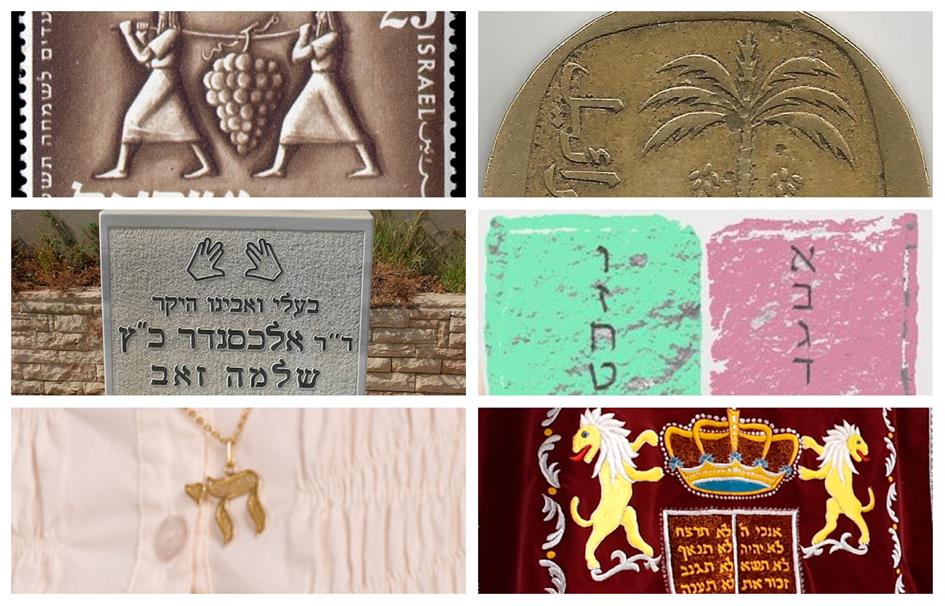
Judaism is based on learning Torah and doing the mitzvahs, through which we connect with G‑d and make the world a better place. During the course of our history, many symbols have become associated with Jewish people, Jewish scholarship, and Jewish culture.
1. Luchot: The Two Tablets
Detail from an early printing of Shnei Luchot Habrit (Amsterdam, 1698). (Photo: Library of Agudas Chassidei Chabad—Ohel Yosef Yitzchak Lubavitch)
Appearing on synagogues, hospitals, and uniforms of Jewish chaplains in the US military, the two tablets that Moses received at Mount Sinai are poignant reminders of the Divine mission of the Jewish people: to live in accordance with G‑d's will. They are sometimes etched with the first few words of each of the 10 Commandments, or just the first 10 letters of the Hebrew Alphabet, one for each commandment.
Interestingly, the more common iteration of the tablets, featuring rounded tops, is a historical inaccuracy introduced by renaissance artists. According to Talmudic tradition, the tablets were made from sapphire and shaped like cubes.
Read: What Shape Were the Luchot?
2. Menorah: The Temple Candelabra
This sign bears an image that resembles the Temple menorah. (Photo: Chaya Mishulovin, Lubavitch Chabad of Skokie)
The seven-branched golden menorah (candelabra) featured prominently in the Tabernacle Moses built in the desert, as well as the Holy Temples later built in Jerusalem. "Do you think that I need its light?" G‑d asks rhetorically. "It is a testament to all of humanity that the Divine presence rests in Israel." 1
Interestingly, this symbol is also often misrepresented with rounded branches (as it is depicted on the Arch of Titus), while many authentic Jewish sources suggest slanted, straight branches.
Perhaps the Jewish predilection toward light-giving symbolisms can be traced to King Solomon's assertion that "the mitzvah is a lamp, and Torah is light." 2
At times, the eight-branched menorah, the kind used in Jewish homes to celebrate the holiday of Chanukah, is also used as a Jewish symbol on synagogues, letter heads, and more.
Explore the differences between the Chanukah and Temple menorahs
3. Torah Scroll
The logo used by hundreds of Gan Israel camps bears an open Torah scroll.
An open Torah scroll is often used as the central part of a logo of a yeshivah or other institution of Torah study. The actual Torah scroll contains the Five Books of Moses, handwritten on parchment in Hebrew by a trained scribe ("sofer").
The sages say that the 600,000 letters in the Torah scroll correspond to the 600,000 collective Jewish souls ( understand the math of this equation), as every single Jew has a portion of the Torah, and there is a portion of every Jew within the Torah. Thus the message of this symbol is that the Torah should not just sit in the holy ark; it should be opened, read, studied, and internalized by every member of the Jewish nation.
Study today's Torah portion
4. On Gravestones: Open Hands and the Pitcher
The hands on this gravestone indicate that it marks the resting place of a member of the priestly clan.
In addition to Stars of David (see below), scrolls, and tablets, Jewish gravestones often feature several unique symbols. A pair of hands with the fingers spread in the Vulcan salute indicates that a Kohen, a member of the priestly clan who bless the Jewish people while holding their hands in this position, is buried there.
A gravestone marked with a pitcher of water is generally that of a Levite, who is honored with washing the hands of the Kohen before the Priestly Blessing is administered.
The candelabra marks the grave of a pious Jewish woman.
By the same token, a lit candelabra (usually with several branches) is often used to decorate the grave of a righteous Jewish woman, who was surely particular to light the Shabbat candles in her home every Friday afternoon and on the eve of Jewish holidays.
5. Torah Decor: Lions and Eagles
Typical Torah ark decorations include lions, crowns, and luchot. (Photo: Chabad-Lubavitch of Hungary)
Torah scroll covers and the holy arks in which they are stored are often decorated with lions (their forepaws atop the two Tablets). Eagles are also not uncommon on synagogue accoutrements, such as the silver crowns placed atop Torah scrolls.
These are violent animals which are not even kosher, so what are they doing near the Torah, whose "ways are pleasant, and tributaries are peace"?
First, it should be noted that the lion is the symbol of the tribe of Judah, which produced David, Solomon, and other great kings, including the Messiah.
Also, these images evoke the words of Judah ben Teima, who was known to say, "Be bold as a leopard, light as an eagle, fleeting as a deer, and mighty as a lion, to do the will of your Father in Heaven."
Indeed, his words echoed David, who eulogized Saul and Jonathan ( II Samuel 1:23) as "lighter than eagles and stronger than lions" in their Divine service.
6. Etrog and Lulav Branch (or Palm Tree)
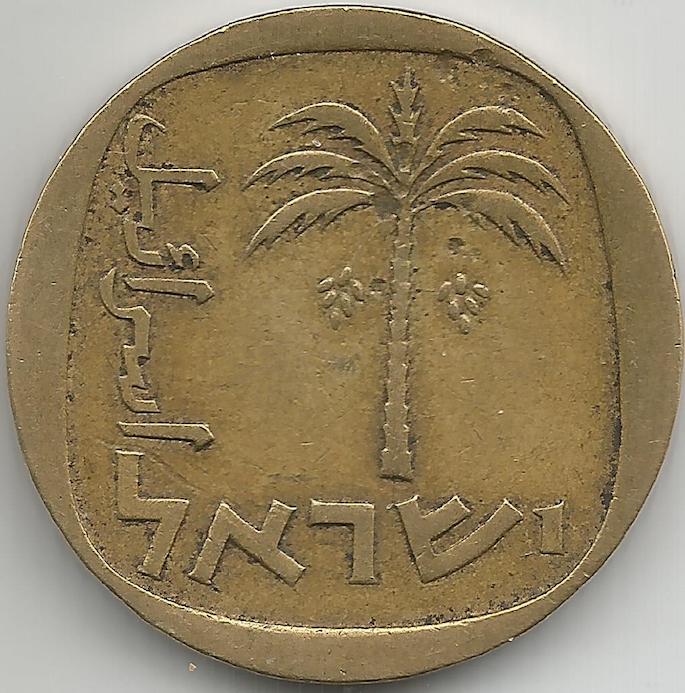
In ancient times, the four species that are taken together on the holiday of Sukkot—the lulav (palm branch), etrog (citron), hadas (myrtle), and aravah (willow)—were used as a prominent Jewish symbol and can still be seen on some of the recovered coins from the short-lived Bar Kochba revolt (132-135 CE).
The Midrash teaches that each of the four species represents a different type of Jew, yet the mitzvah can only be performed when we have all four together, symbolizing the unity of our nation. 3
Read more about the unity of the Four Species
7. The Seven Species
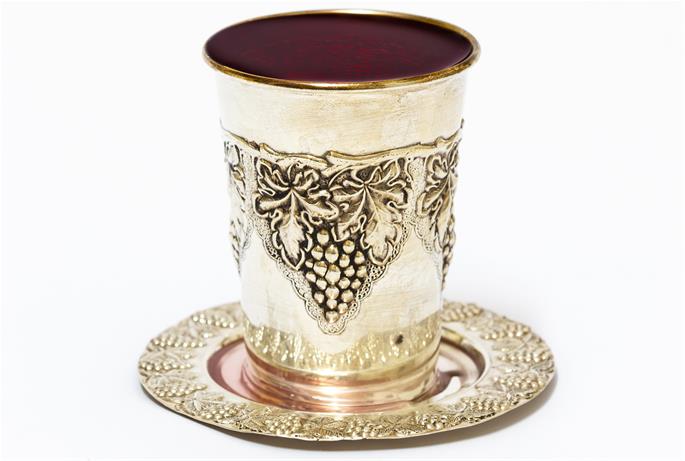
Scripture describes the seven species with which the land of Israel was blessed: wheat, barley, grapes, figs, pomegranates, olives and dates. 4 Depictions of some or all of these are used often in synagogue decor and other Jewish places, and can be found in ancient archaeological ruins and on Jewish coins going back to the Bar Kochva period. Even in exile, the Jews maintained these symbols of their homeland.
What Is So Special About the Seven Species With Which Israel Was Blessed?
8. Magen David: Six-Pointed Star
The Star of David graces the oldest surviving complete copy of the Masoretic text, the Leningrad Codex, dated 1008. (Phote: Wikimedia)
Probably the most ubiquitous of Jewish symbols, but also the least significant, is the six-pointed star (or hexagram). While little is known about the origin of the Star of David (or in Hebrew Magen "Shield of" David), it has long been associated with Jewish people and graced thousands of synagogues all over the world.
Discover the Mystical Significance of the Star of David
9. Doves and Olives
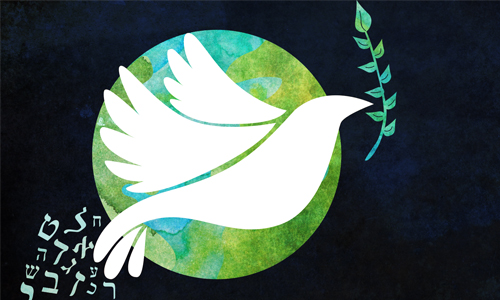
The dove and the olive branch have become a universal symbol of peace due to the somewhat misunderstood biblical story of the dove bringing back an olive leaf to Noah to signify that the waters had receded after the Great Flood.
At the same time, each has been used individually as a symbol and metaphor for the Jewish people since Biblical times.
In Jeremiah, G‑d calls the Jewish people "a leafy olive-tree, fair with goodly fruit." 5 One explanation is that "just as the leaves of the olive tree do not fall off either in summer or in winter, neither shall the Jewish people be cast off, either in this world or in the world-to-come (Talmud, Menachot 53b)."
In Song of Songs, the moving depiction of the loving relationship between G‑d and His nation, the "dove" is an adjective often used to describe the bride, the Jewish people. One explanation of this symbolism is that " Just like a dove, once she meets her mate, never leaves him for another… and just as a dove whose fledglings are taken from her nest still doesn't abandon her nest…, so are the Jewish people faithful to G‑d." 6
Why Is the Olive Branch a Symbol of Peace?
Explore the Jewish symbolism of the dove
10. Chai Pendant
A chai pendant worn by a woman.
After the Star of David, the chai is probably the next most popular Jewish pendant. Chai is Hebrew for "life." The word is written with just two letters, chet and yud, which have the combined numeric value of 18. This explains why Jews love giving birthday presents, donations and other gifts in multiples of 18 (36, 54, 72, 90 etc.).
More about giving gifts in multiples of 18
11. Maccabee Shield

Displaying the Hebrew word מכבי (maccabee) on a banner or flag harkens back to the second Temple period when a small band of Jews, called the Maccabees, successfully revolted against their Greek oppressors. From that time on, the word מכבי (Maccabee) has symbolized the small and powerless overcoming great odds against mighty tyrants.
The classic explanation of the word Maccabee is that it is composed of the initial letters of a verse the Jewish people sang after G‑d split the sea: "Mi kamocha ba'eilim Hashem (מי כמוך באיליםי׳), "Who is like You among the mighty, O G‑d?" Although we may be weak and outnumbered, ultimately true might belongs to G‑d, and with trust in Him we can overcome all odds.
What Does "Maccabee" Mean?
12. High Priest's Breastplate
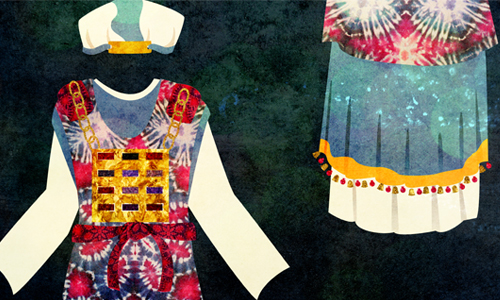
Often found in synagogues, frequently embroidered on the curtain covering the holy ark that houses the Torah scrolls, the breastplate (choshen) was one of the eight priestly garments worn by the high priest (kohen gadol) while serving in the Holy Temple. It featured 12 precious gemstones, corresponding to the 12 tribes of Israel.
Likewise, one can often find depictions of the flags, animals, or produce that symbolize each tribe based on the blessing Jacob gave his children before he passed away.
Although we may come from different backgrounds and even different tribes with many distinct customs, we remain one unified nation.
The High Priest's Breastplate (Choshen)
13. Hamsa: The Hand
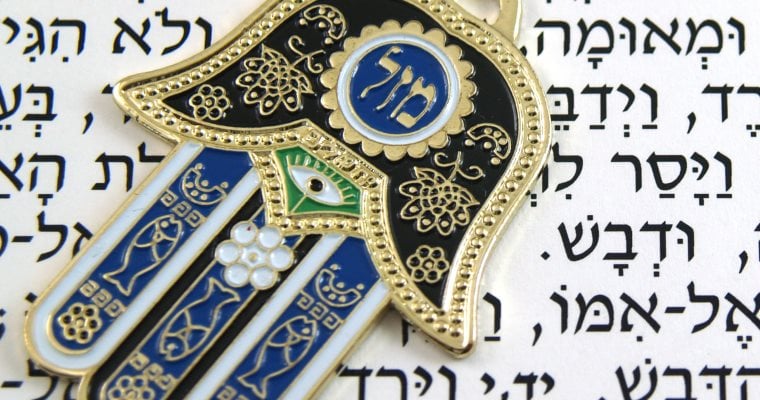
The Hamsa, a symmetrical image of a palm with an eye in its center, is common to many cultures, including Judaism. There are those who question whether it is a legitimate Jewish symbol, and many people refrain from wearing the Hamsa or hanging it in their homes.
The Ben Ish Chai (Rabbi Yosef Chaim of Baghdad, Sephardic leader of the 19th century) notes that there is a custom to say "Hamsa" (which means "five" in Arabic) to ward off the evil eye, and explains that that is why many wear a little hand of five fingers with the letter "hei" (whose numeric equivalent is five) written on it. Apparently, he did not consider it a problem.
It is important to keep in mind that the Talmud says the evil eye only affects you if you place importance on it and worry about it. If you ignore it, the evil eye does not affect you at all.
What Is an Evil Eye?